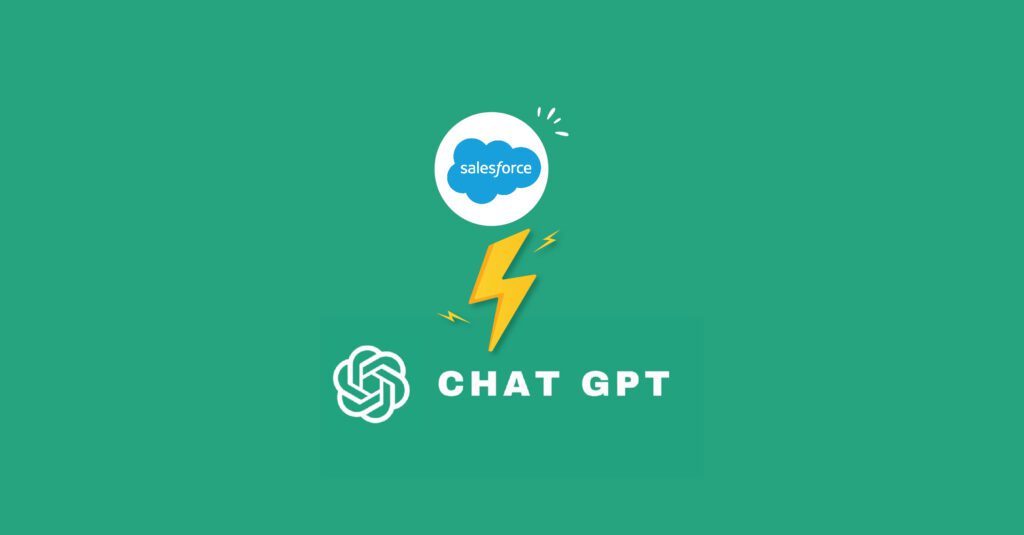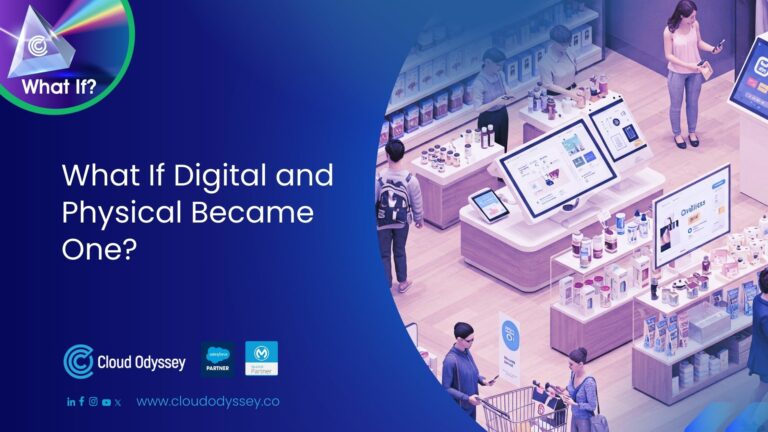ChatGPT overview
The service offers a simple API that can be added to applications and used to make text whenever it’s needed.
This was first made available to developers in 2019 after the initial release of the ChatGPT model. The model was trained on a huge set of texts from the internet. Since then, it has been tweaked for different tasks, such as answering questions, translating text automatically, and making up dialogue.
ChatGPT came out on November 30, 2022. OpenAI, a San Francisco-based company that also created Dalle 2 and Whisper, created it.
What is ChatGPT?
OpenAI was the company that created ChatGPT. Because it can both interpret and generate natural language, it is a vital tool for automating interactions with customers.
Why is ChatGPT useful?
ChatGPT is helpful since it generates text that appears to be written by humans. It is used in chatbots, translation software, and text summarising software. Alterations can be made to it so that it can be used for answering questions or coming up with ideas for creative writing. It can be utilised in a wide variety of fields and settings.
ChatGPT integration can benefit the following Salesforce products
Sales Cloud: Sales teams can focus on closing deals rather than qualifying leads by automating customer engagement and lead qualification.
Service Cloud: You can use ChatGPT to create a chatbot that provides automated customer service. This not only makes customers happier, but it also reduces the need for human agents.
Marketing Cloud: Personalising email campaigns in the marketing cloud with ChatGPT increases open and conversion rates. It can also generate personalised content for social media campaigns.
Community Cloud: ChatGPT can be used to create a community chatbot that can respond to client inquiries and provide relevant information.
Einstein AI: Salesforce’s Einstein AI platform can be used to train ChatGPT to understand industry-specific language and terms. As a result, it is now possible to automate more customer interactions.
Einstein Voice: With ChatGPT, you can create a voice assistant that can help clients by scheduling appointments, answering frequently asked questions in plain English, and performing other tasks.
Salesforce Commerce Cloud: ChatGPT allows you to create a chatbot for your online store that can make product recommendations and walk customers through the purchasing process.
Salesforce CPQ: ChatGPT can be used to build a chatbot that helps customers with pricing and product configuration. Due to the lack of human interaction, the quote process is shortened.
Salesforce Pardot: Personalised landing pages and forms can be made using ChatGPT, improving lead conversion. For ABM campaigns, it can also be used to create personalised content (account-based marketing).
Salesforce Einstein Analytics: ChatGPT supports natural language querying, so users can ask questions in everyday language and get answers in the form of interactive visualisations.
ChatGPT from Salesforce Quip: You can build a chatbot that facilitates document creation, formatting, and collaboration.
Salesforce IoT: With ChatGPT, you can build a chatbot that can interact with connected devices, give users real-time information like sensor readings and status updates, and help troubleshoot.
Salesforce App Cloud: Chatbots for custom-built applications like finance, logistics, and human resources can be made using ChatGPT in the Salesforce App Cloud. Human intervention is decreasing while internal processes are accelerating.
Salesforce Field Service: ChatGPT is a platform that can be used to create a chatbot that assists clients with dispatching, scheduling, and tracking field service technicians. Additionally, it can offer real-time status updates and troubleshooting support.
Salesforce Health Cloud: A chatbot that helps patients make appointments, access their medical records, and find answers to common health questions can be developed using Salesforce Health Cloud ChatGPT.
Salesforce Financial Services Cloud: Create a chatbot that can help customers with account management, investment guidance, and financial planning using the Salesforce Financial Services Cloud’s ChatGPT.
Salesforce Nonprofit Cloud:
- Create a chatbot to help donors keep track of their donations.
- Register for events.
- Organise volunteers using Salesforce Nonprofit Cloud’s ChatGPT.
What is the current functionality of ChatGPT?
Currently, ChatGPT can be used for many different natural language processing tasks, such as:
ChatGPT can produce text that seems to have been written by a human based on a prompt. This can be used to make chatbot responses as well as original poetry or fiction.
- Text completion: ChatGPT can finish a given text using the provided context. Both new text and voids in already-written material can be filled in this way.
- Language Translation: Text translation between languages is a function that can be customised in ChatGPT. Several industries can benefit from this, including customer service, e-commerce, and others.
- Text condensing: ChatGPT can be set up to condense long documents or articles. This is helpful when writing summaries of books, articles, and other materials.
- Question answering: ChatGPT can be set up to respond to queries based on a particular context or document. This helps create chatbots or virtual assistants that can respond to customer inquiries.
- Text classification: ChatGPT can be set up to divide the text into various categories, such as topic classification or sentiment analysis (positive, negative, or neutral).
How does ChatGPT work?
ChatGPT is a language model that uses deep learning to produce writing that resembles human handwriting. The software absorbs information from written works such as books, papers, and webpages in order to make predictions about the following word in a sentence based on its context. It is possible to teach ChatGPT to provide answers to inquiries and write creatively. The model draws on the knowledge gained throughout training to provide language that is appropriate for the prompt.
What is the future of ChatGPT?
The addition of additional data and computational resources for training will unquestionably result in improvements to ChatGPT. As the model acquires knowledge from a wider variety of text sources, it will become better able to comprehend new subject matter and scenarios and improve its responses to them. The researchers might uncover new applications for the model and ways to modify it in order to make it more suitable for certain tasks.
ChatGPT is but one language model, and it is almost inevitable that subsequent versions will be more sophisticated and versatile. These models are able to carry out a greater variety of activities and understand more complex language.
Natural language processing and artificial intelligence both have room for development, and the future looks bright for ChatGPT and other language modelling technologies.
Advantages of ChatGPT
Large corpus of text: The enormous amount of information that ChatGPT stores enables it to comprehend a variety of topics and circumstances.
ChatGPT generates text that appears to be written by humans, making it much simpler and more enjoyable to read.
Pre-training: ChatGPT has already been pre-trained on a large dataset; as a result, it may be quickly fine-tuned for specific occupations even without including data pertaining to those jobs.
The functionality of ChatGPT can be modified to generate text, respond to questions, organise content, and do much more.
Disadvantages of ChatGPT
Misunderstanding common sense: ChatGPT can’t understand common sense despite its big dataset. This may result in responses that are nonsensical or irrelevant.
Dataset bias: ChatGPT’s output may reflect dataset biases.
Because it takes a lot of computer resources to train ChatGPT, it is difficult to use on devices that don’t have a lot of processing power.
Lack of interpretability: ChatGPT’s extensive internal workings make it challenging to grasp why the model reaches certain conclusions.
ChatGPT’s “black box” methodology makes it impossible to understand how it makes decisions. This can be problematic for sensitive applications or decision-making.
Researchers are trying to fix the above issues in the most advanced language models.
Conclusion
- OpenAI made ChatGPT, which is a powerful language model. with a wide range of potential applications.
- Integrating with the right Salesforce products can greatly improve its effectiveness.
- This blog has provided an overview of ChatGPT, including its current functionality, how it works, and its future potential. Additionally, it has highlighted the top 12 Salesforce products that can help make ChatGPT more effective and analysed their advantages and disadvantages.
- Whether you are a business owner, marketer, or developer, understanding ChatGPT and how to leverage it with Salesforce can give you a significant edge in today’s competitive digital landscape.










